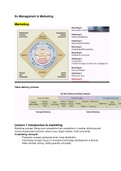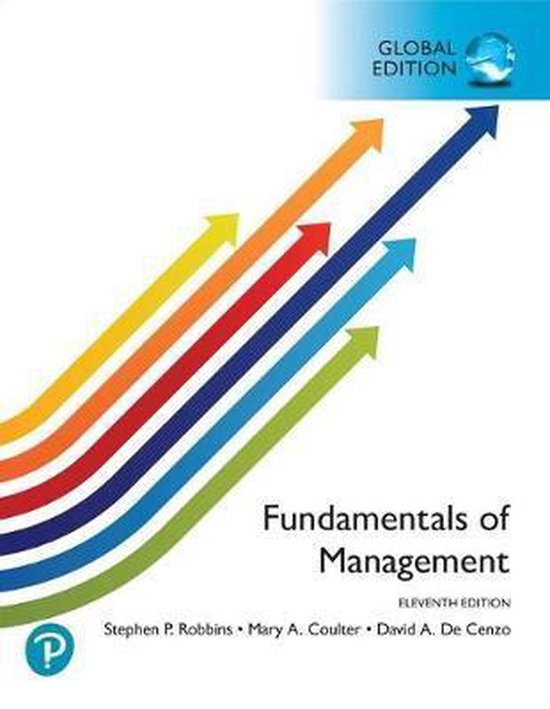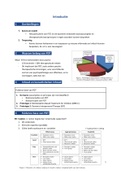Samenvatting
Samenvatting Management and Marketing (BMO-24306) Concise summary
- Instelling
- Wageningen University (WUR)
The summary consist of content of all lectures and the two course books: - Robbins, S.P., Coulter, M. & DeCenzo, D.A. (2017) Fundamentals of Management, ISBN 7329 - Philip Kotler and Kevin Lane Keller (2022). Marketing Management. Global edition, ISBN 262
[Meer zien]














